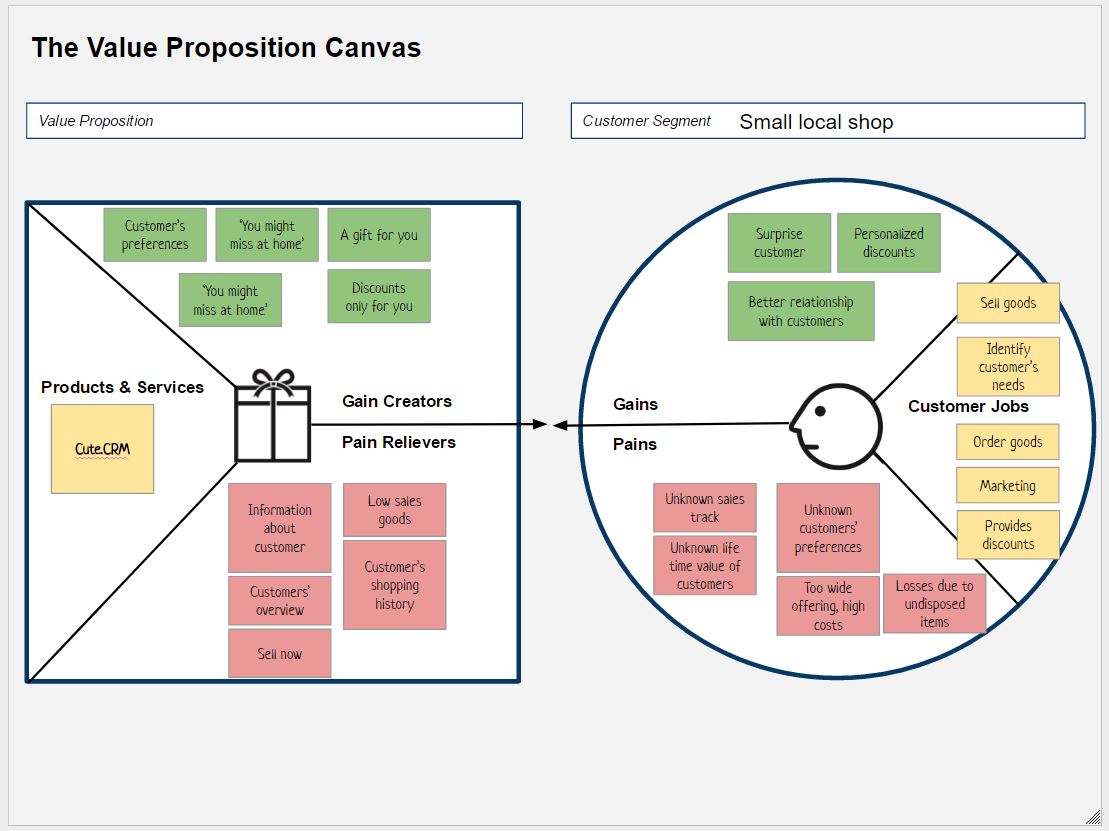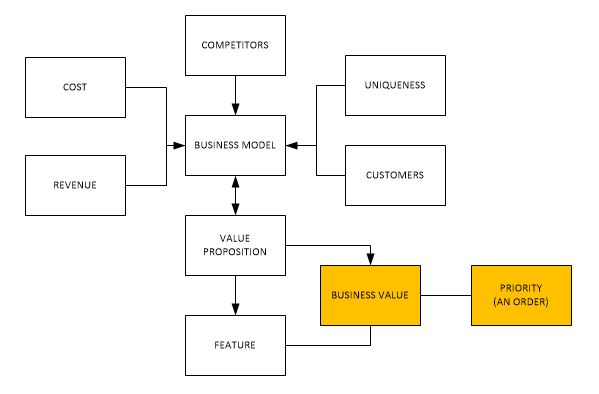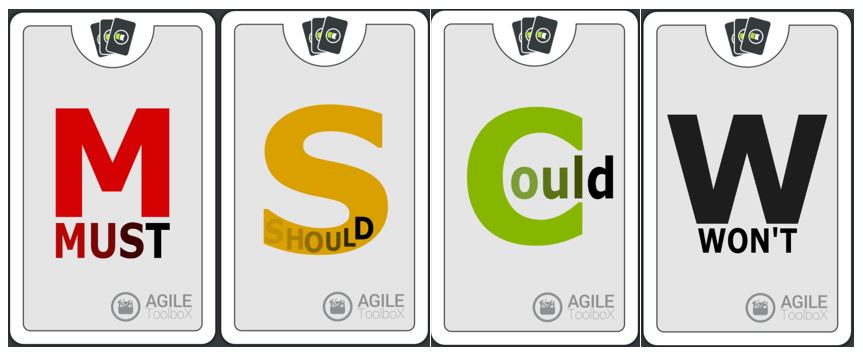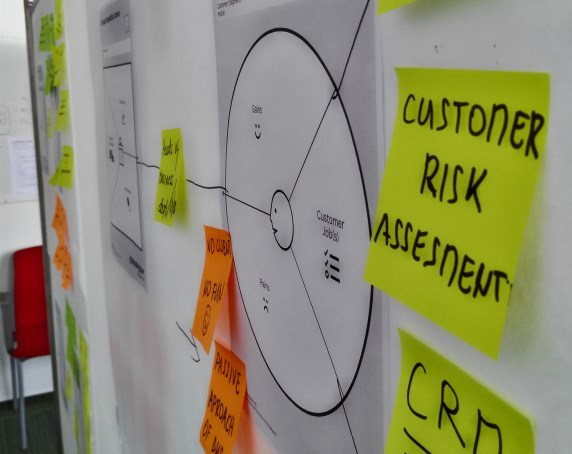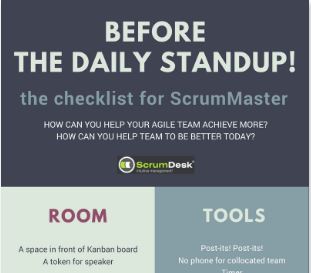Agile Estimation: Principles
Estimation has been questioned in software development for many years. How can an estimate be made accurately and quickly? And is estimation even necessary? Well, that is the question for thousands of bucks. Because estimation might be expensive. Especially in the age of changes. Time as an estimation unit is wrong! In our agile [...]


